In today’s data-driven world, businesses are racing to harness the power of their data to make informed decisions, uncover new opportunities, and stay competitive. Enter the modern data stack—a term that has become a buzzword across the tech landscape. But is it a revolutionary approach to data management or just another hyped trend? Let’s dive deep into the components, challenges, and real-world benefits of the modern data stack to find out.
What Is the Modern Data Stack?
At its core, the modern data stack is a collection of cloud-native tools designed to streamline the ingestion, transformation, storage, and analysis of data. Unlike traditional on-premises data architectures, the modern stack is modular, scalable, and optimized for real-time insights. Here’s a breakdown of its key components:
- Data Ingestion
- Data Storage
- Data Transformation
- Data Visualization and BI
- Orchestration and Monitoring
Challenges: Cost, Complexity, and Scalability
While the modern data stack offers undeniable benefits, it’s not without challenges:
1. Cost Management
- Cloud Costs: Cloud-based tools often have pay-as-you-go pricing models, which can spiral out of control without proper monitoring.
- Tool Sprawl: Adopting multiple tools—each with its own subscription fees—can lead to unnecessary expenses.
2. Complexity
- Integration Overload: Stitching together disparate tools can lead to compatibility issues and steep learning curves for teams.
- Data Governance: Ensuring data accuracy, consistency, and compliance across tools can be a daunting task.
3. Scalability
- Growing Data Volumes: While these tools are designed to scale, rapidly increasing data volumes can test their limits.
- Team Expertise: Scaling the modern data stack often requires specialized skills that not every organization possesses.
Real-World Case Studies: ROI in Action
Case Study 1: Retail Giant Optimizes Inventory Management
A leading retail chain implemented a modern data stack with Fivetran, Snowflake, dbt, and Looker to centralize data from point-of-sale systems and supply chain software. By gaining real-time insights into inventory levels, the company reduced stockouts by 30% and cut excess inventory costs by 20%.
Case Study 2: FinTech Streamlines Customer Analytics
A fintech startup leveraged tools like Stitch and BigQuery to unify customer transaction data. Using Tableau for visualization, they identified patterns in user behavior, leading to a 15% increase in customer retention and a 25% boost in cross-sell opportunities.
Case Study 3: Healthcare Provider Enhances Patient Care
A healthcare provider used Airbyte, Snowflake, and Power BI to aggregate patient data from electronic health records (EHR) and IoT devices. This enabled predictive analytics that reduced hospital readmission rates by 10%, saving millions in operational costs.
Is It Hype or Necessity?
The answer lies in your organization’s needs. For companies aiming to harness data effectively, the modern data stack is more than a trend—it’s a transformative approach that unlocks agility and insights. However, it’s essential to balance the benefits against the costs and complexity to avoid falling into the trap of adopting tools without a clear strategy.
Key Takeaways
- The modern data stack is modular, scalable, and designed for real-time insights.
- Tools like Snowflake, dbt, and Looker power its components, but they come with costs and challenges.
- Real-world use cases highlight its potential to drive ROI in diverse industries.
- Success requires careful planning, governance, and alignment with business goals.
What’s your take? Is the modern data stack a necessity for your organization, or does it feel like more hype than substance? Share your thoughts in the comments!

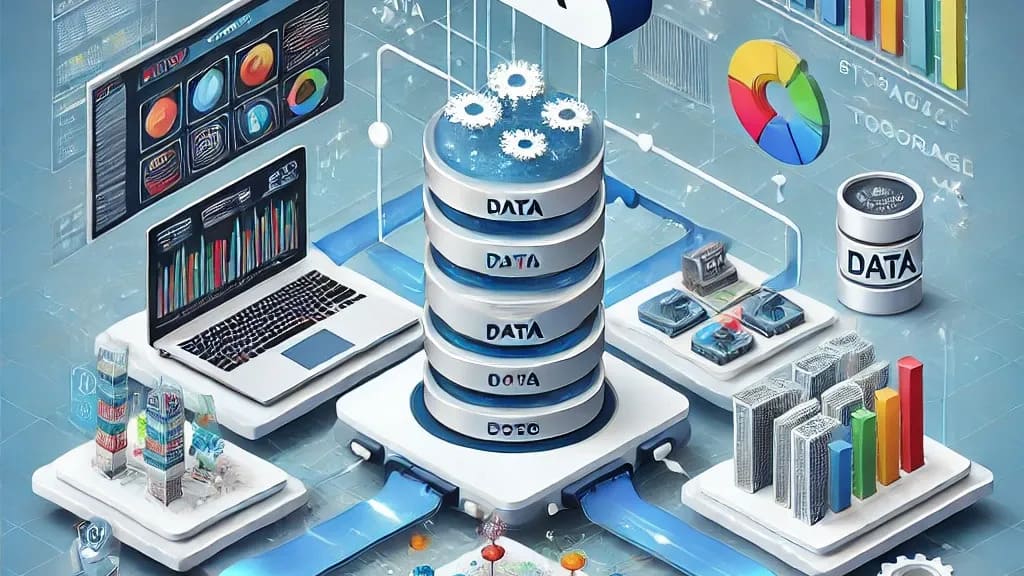


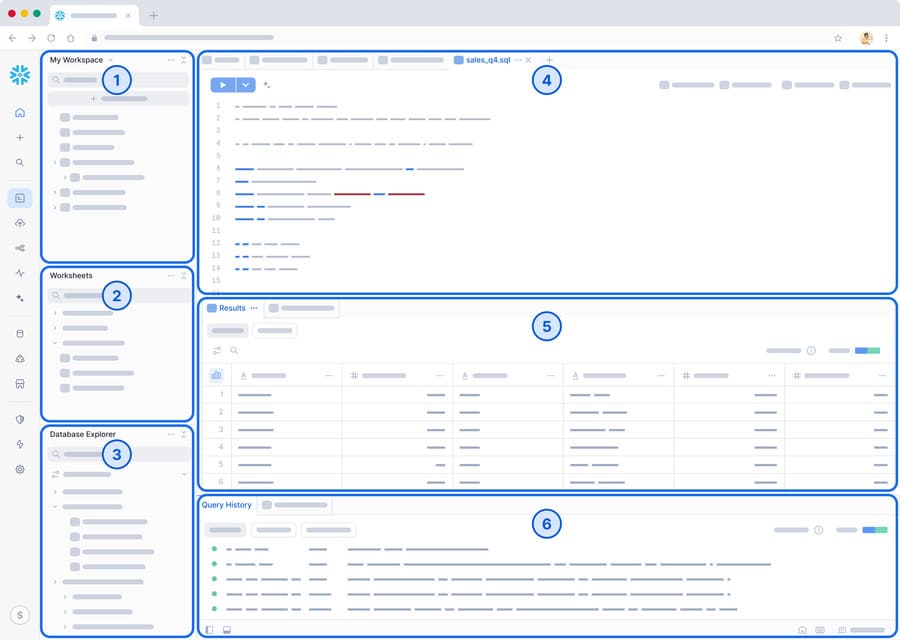

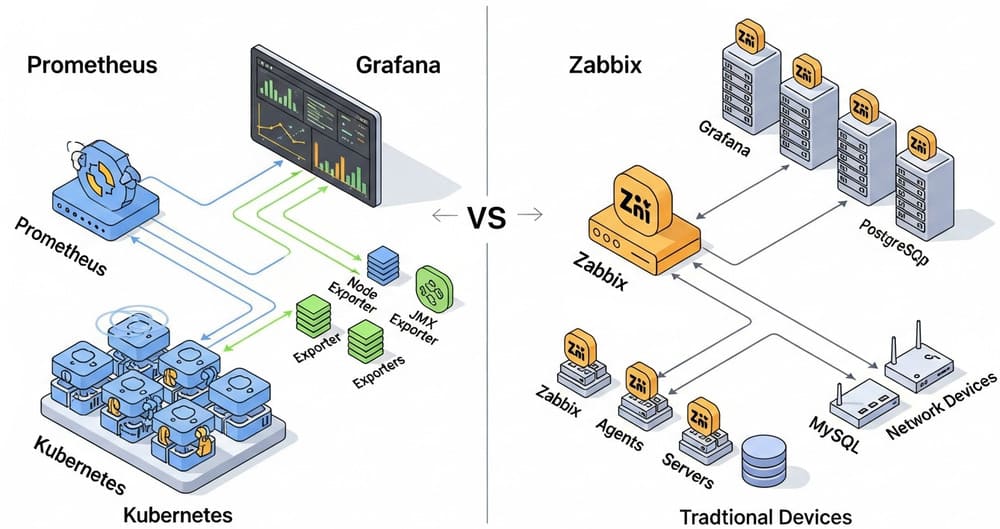
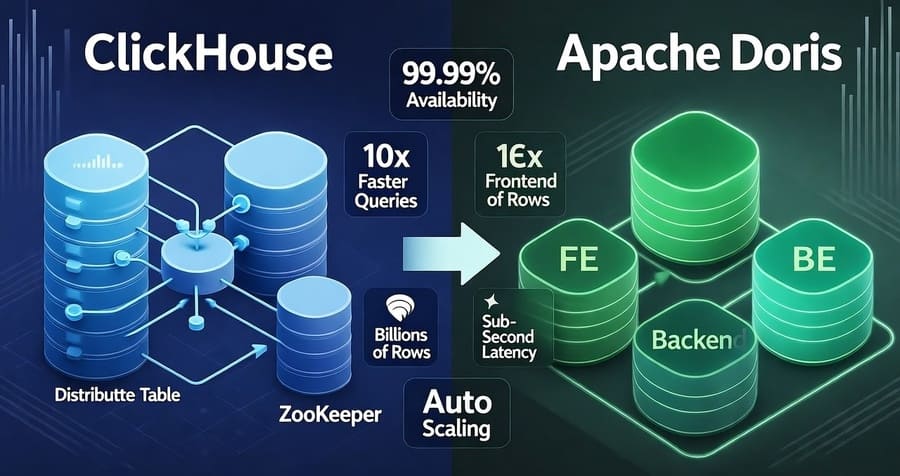
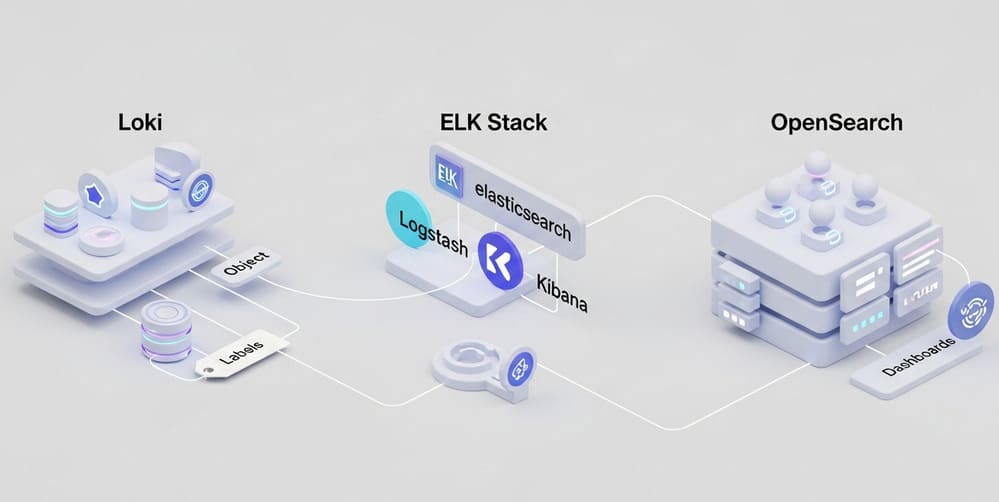
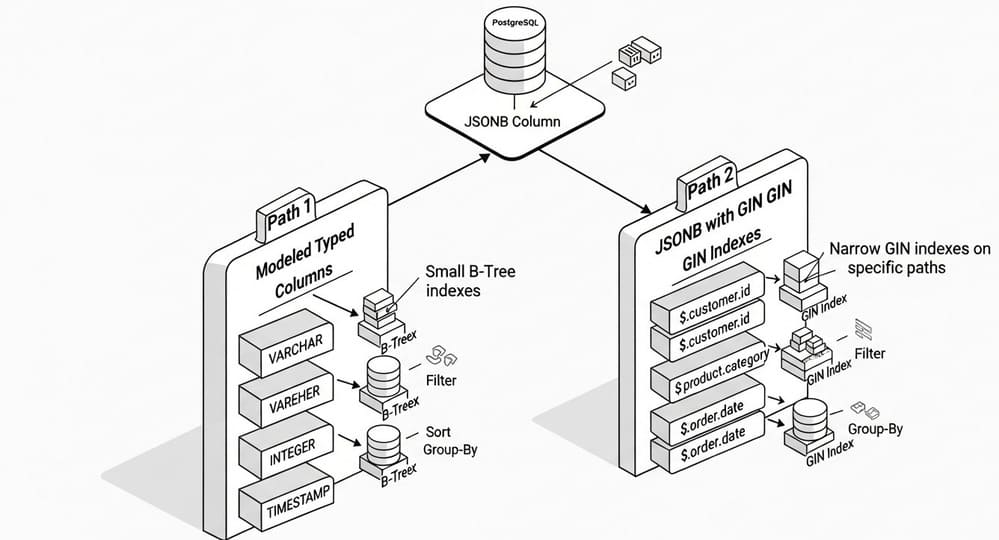
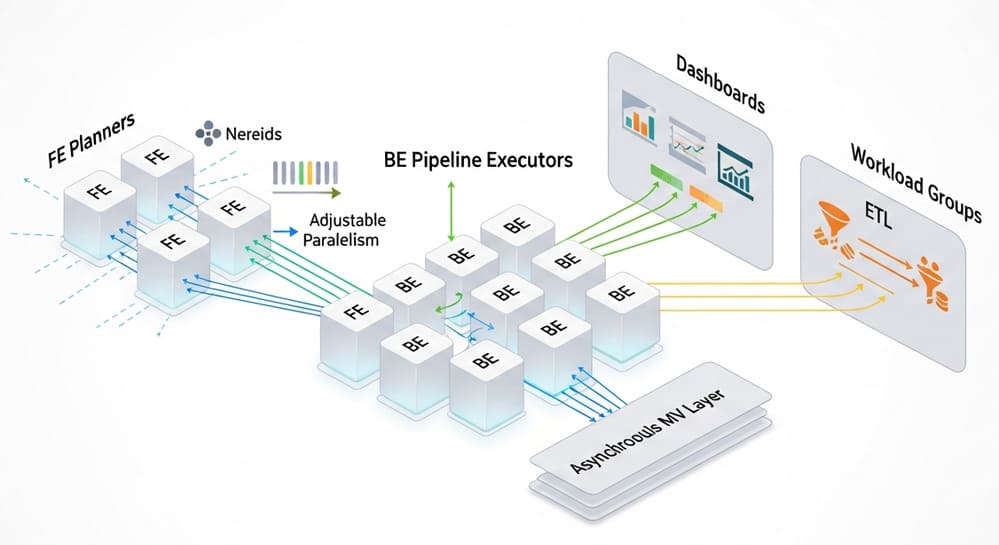



Leave a Reply